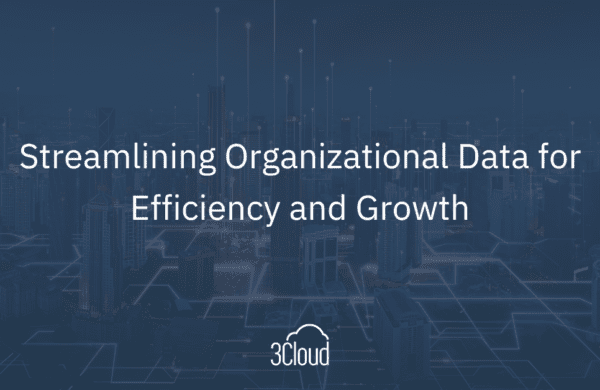In part 2 of our “Better Together” blog series, I will recap my presentation from a series of tech talks we conducted in partnership with BDPA (formerly known as, ‘Black Data Processing Associates’), in which I shared my thoughts on some principles of data visualization. Many who work in data and analytics have heard the metaphor “telling a story with data,” so I wanted to explore the lessons we can learn from storytelling, and how they might apply to designing and creating data visuals with examples using real data from the Olympic Games over the years.
First, plan the story you are trying to tell
Writers probably come up with an outline of the plot, or a list of characters and their relationships before taking pen to paper, and Business Intelligence engineers ought to plan similarly. Analyzing the dataset, writing down objectives, and drawing a dashboard mockup are all helpful ways to ensure success in data visualization. Planning ahead helps the designer select the right visuals, which should work together for the reader to make insights.
Tell the story, but let the data speak for itself
Writers know when they start if they plan to tell a fictional story or not, and that classification helps create an understanding between author and audience. There is a similar understanding between report authors and their audience – data professionals have a responsibility to present the information in a factual way. While data visuals can be modified in many ways to enhance the viewer’s ability to gain insights, the designer must be careful to not influence the insights themselves by changing an axis, scale, or color without clear intention.
Know your audience
Storytellers make specific decisions based on who they want to read their story – historical non-fiction is written very differently than children’s books. In the same way, data visualizations should be designed for a specific audience. An executive dashboard should look a lot different than a tool an analyst hopes to use to see live data throughout the day. I recommend frequent collaboration with report users, a business analyst, or project manager during development and maintenance.
Finally, use all the tools at your disposal
Stories are broken down into components, or tools, which an author can pick and choose from to help share the message. Villains, chapter organization, and plot elements all combined with the words themselves make a story better. Report developers should also pay attention to the many levers they can pull, including:
- Color
- Visual types: charts (line, bar, pie), tables, maps
- Chart features: axes, labels, orientation
- Space
- Titles
- Interactivity
In Summary
All in all, I always remind myself that my true goal in creating data visualizations is to make it easy to summarize, find trends in, and make insights from my data. I believe data visualization to be more of an art than a science, and beautiful visuals are often a goal. But they aren’t worth much to my organization if they aren’t telling the right story.
If you’d like to watch my presentation and see real examples from the Olympics, please view the video below.
The third workshop that we partnered with BDPA to present covered “A Day in the Life of a Data Scientist and Data Engineer”. That workshop was presented by my colleagues, Dr. Tom Weinandy and Megan Quinn. A blog post will be published weekly to recap what was covered in each workshop.
We can help!
3Cloud offers a variety of resources to help you learn how you can leverage Modern Data Analytics. Please contact us directly to see how we can help you explore your about modern data analytics options.





